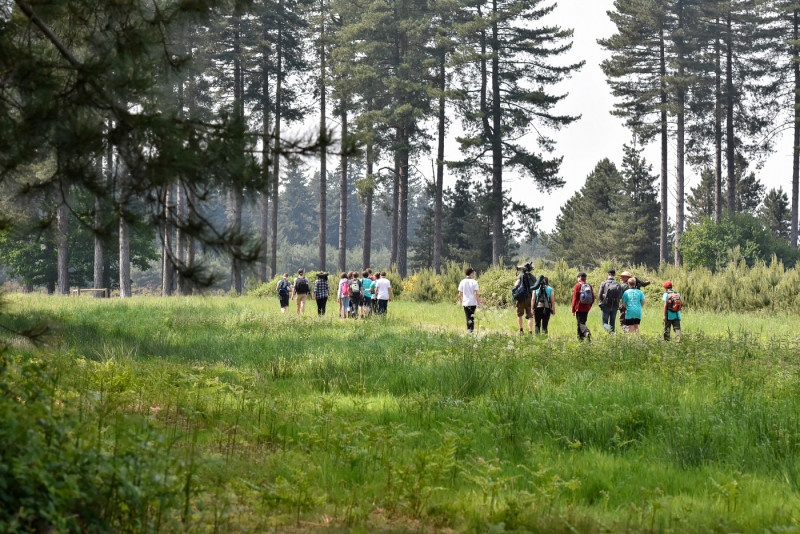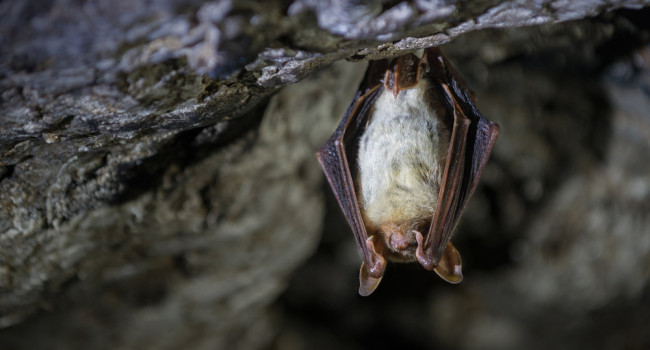Social media and deep learning reveal specific cultural preferences for biodiversity
Author(s): Havinga, I., Marcos, D., Bogaart, P., Massimino, D., Hein, L. & Tuia, D
Published: March 2023
Journal: People and Nature Volume: 5
Digital Identifier No. (DOI): 10.1002/pan3.10466
Abstract
1. Social media has created new opportunities to map cultural ecosystem services (CES) related to biodiversity at large scales. However, using these novel data to understand people’s preferences in relation to these CES remains a challenge.
2. To address this, we trained a deep learning model to capture people’s interactions with selected flora and fauna on Flickr as a cultural service related to biodiversity and compared this with citizen science data on iNaturalist, with photos of individual species considered as human–species interactions.
3. After mapping the distribution of people’s interactions in Great Britain on Flickr and iNaturalist, we find significant spatial differences in people's preferences on the two platforms.
4. Using a second, pretrained deep learning model, we were also able to identify different preferences for species groups such as birds on social media versus citizen science.
5. To better understand people’s preferences, we also compared people’s interactions with species richness and abundance for a group of 36 bird species, sometimes finding large differences between people's interactions and these ecological measures.
6. Our findings demonstrate that social media can be used to include a wider range of preferences in CES assessments alongside citizen science data. However, these preferences reflect only a limited first-hand experience of biodiversity.
Notes
Funded by EU Horizon 2020 Grant 817527 (Mapping and Assessment for Integrated ecosystem Accounting) and the WIMEK Graduate Programme of Wageningen University.







Share this page